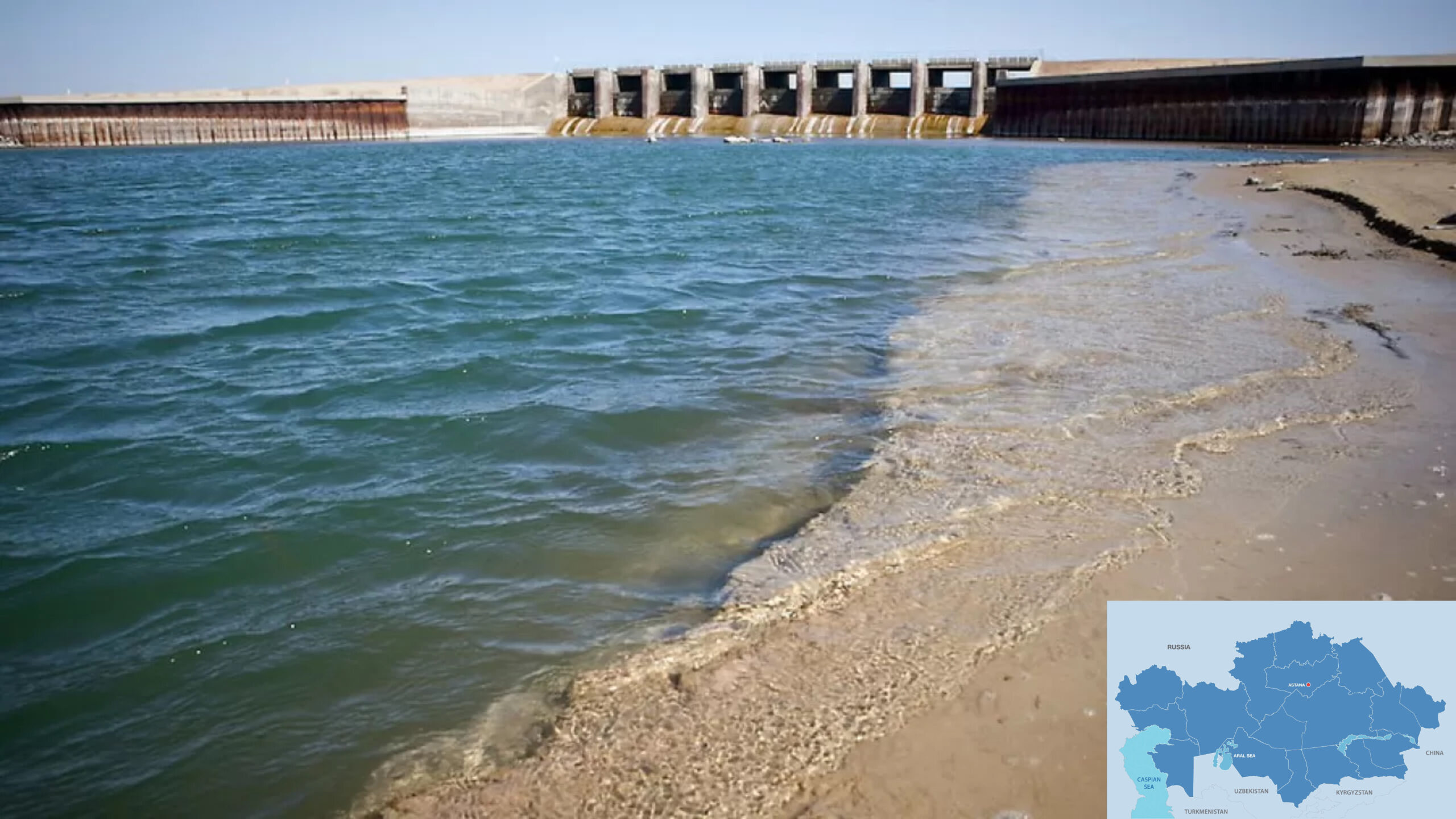ASTANA — The water volume in the Northern Aral Sea has increased to 22 billion cubic meters, said the Ministry of Water Resources and Irrigation’s spokesperson Moldir Abdualiyeva, during a Sept. 25 press conference at the Central Communications Service, reported Kazinform.
Abdualiyeva highlighted that during this irrigation period, 418 million cubic meters of water were supplied from Kyrgyzstan via the Talas River, and an additional 163 million cubic meters were delivered through the Shu River. The previous year saw nearly 324 million cubic meters of water flow through the Talas and 133.5 million cubic meters via the Shu. This substantial increase in water supplies has contributed to the restoration of the Northern Aral Sea, with up to two billion cubic meters of water directed toward the sea this year.
She also noted that water levels in the Northern Aral Sea had been declining in recent years, but they have begun to recover since early 2024. During the peak irrigation season, the Syr Darya River brought in up to 80 cubic meters of water per second, dramatically increasing from last year’s six cubic meters per second.
In June, Kazakh Minister of Water Resources and Irrigation Nurzhan Nurzhigitov announced plans for the project’s second phase to preserve the Northern Aral Sea in collaboration with the World Bank. According to Nurzhigitov, the project aims to increase the water volume by an additional five billion cubic meters, covering 1,000 square kilometers of the sea’s bottom, which would help reduce salt-dust storms and stabilize the nearby delta lakes Kamyshlybat and Akshatau.
Kazakhstan also used 11 billion cubic meters of water during the past irrigation season, which began on April 1 and will conclude in September. Despite drought forecasts, water was supplied to farmers without interruption, with the most significant allocations going to the Kyzylorda (3.5 billion cubic meters), Turkistan (3.2 billion cubic meters), Zhetysu (1.2 billion cubic meters), and Zhambyl (1 billion cubic meters) regions.
Abdualiyeva emphasized the ministry’s focus on three key areas: reservoir filling, water diplomacy, and hydraulic infrastructure maintenance. For the first time in many years, Kazakhstan’s reservoirs saw unprecedented levels of water, with 75 billion cubic meters collected during the floods—15 billion cubic meters more than last year. More than 12 billion cubic meters of this water came from floodwaters, and today, reservoirs in the northern, central, eastern, and western regions are 80% full.



